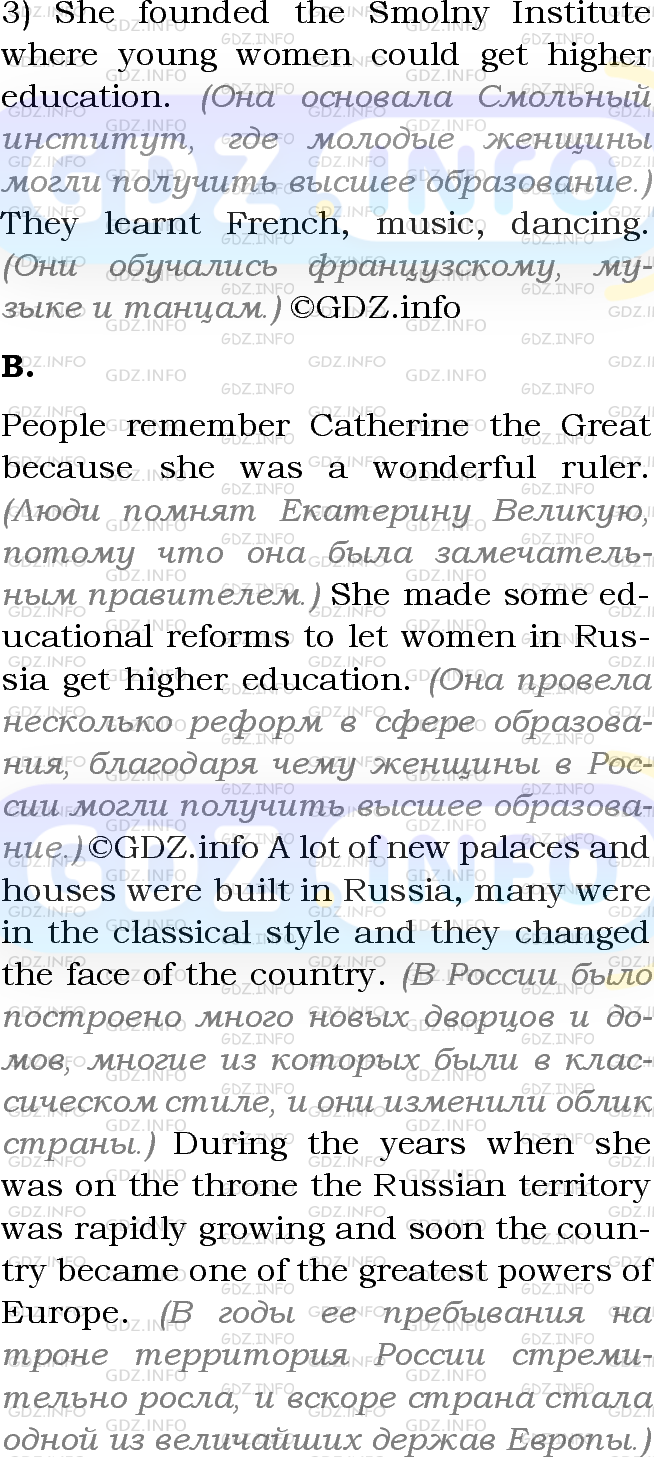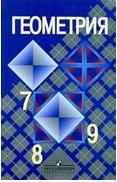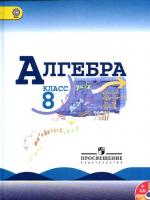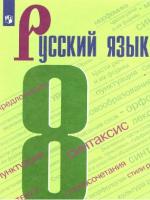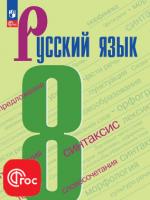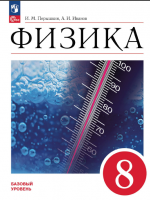Ответ на Unit 4, Step 3, Номер 1 из ГДЗ по Английскому языку 8 класс: Афанасьева (Учебник Rainbow)
ГДЗ (готовое домашние задание из решебника) по Английскому языку 8 класса авторов О.В. Афанасьева, И.В. Михеева, К.М. Баранова 2014-2021г. на Unit 4, Step 3, Номер 1.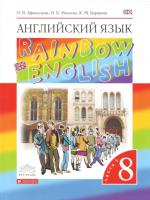
2014
Условие
1 A. Read the text below, then listen, (64), and say what information is missing in it.
Catherine the Great
Catherine II is also known as Catherine the Great. She was the leader of Russia in the 18th century and made the country larger and stronger than ever. During the years when she was on the throne the Russian territory was rapidly growing and soon the country became one of the greatest powers of Europe. Catherine made Russia the dominant power in the southeast of Europe.
Catherine introduced many new things. A lot of new palaces and houses were built in Russia, many were in the classical style and they changed the face of the country. Catherine was fairly well educated. She wrote books and was very much interested in the arts and literature. She knew many world-famous people of that century and wrote letters to the great French philosopher Voltaire during 15 years trying to make his ideas popular in Russia. Catherine the Great believed in education. She thought education could change the hearts of Russian people. She wanted to develop them. Catherine died in 1796. She is buried at the Peter and Paul Cathedral in St Petersburg and is considered one of the great Russian rulers.
B. Why do you think, people remember Catherine the Great?
Текст аудирования:
Catherine II is also known as Catherine the Great. She was the leader of Russia in the 18th century and made the country larger and stronger than ever. Catherine the Great came to power in 1762. She had very good helpers such as highly successful generals Pyotr Rumyantsev and Alexander Suvorov and admirals such as Fyodor Ushakov. During the years when she was on the throne the Russian territory was rapidly growing and soon the country became one of the greatest powers of Europe. Catherine made Russia the dominant power in the southeast of Europe.
Catherine introduced many new things. A lot of new palaces and houses were built in Russia, many were built in the classical style and they changed the face of the country. Catherine was fairly well educated. She wrote books and was very interested in the arts and literature. The Hermitage Museum which is now situated in Winter Palace, St Petersburg, started as her collection.
She knew many world-famous people of that century and wrote letters to the great French philosopher Voltaire during 15 years trying to make his ideas popular in Russia.
Catherine the Great believed in education. She thought education could change the hearts of Russian people. She wanted to develop them. She founded the Smolny Institute where young women could get higher education. They learnt French, music, dancing. Catherine made some education reforms too.
Catherine died in 1796. She is buried at the Peter and Paul Cathedral in St Petersburg and is considered one of the great Russian rulers.
Catherine the Great
Catherine II is also known as Catherine the Great. She was the leader of Russia in the 18th century and made the country larger and stronger than ever. During the years when she was on the throne the Russian territory was rapidly growing and soon the country became one of the greatest powers of Europe. Catherine made Russia the dominant power in the southeast of Europe.
Catherine introduced many new things. A lot of new palaces and houses were built in Russia, many were in the classical style and they changed the face of the country. Catherine was fairly well educated. She wrote books and was very much interested in the arts and literature. She knew many world-famous people of that century and wrote letters to the great French philosopher Voltaire during 15 years trying to make his ideas popular in Russia. Catherine the Great believed in education. She thought education could change the hearts of Russian people. She wanted to develop them. Catherine died in 1796. She is buried at the Peter and Paul Cathedral in St Petersburg and is considered one of the great Russian rulers.
B. Why do you think, people remember Catherine the Great?
Текст аудирования:
Catherine II is also known as Catherine the Great. She was the leader of Russia in the 18th century and made the country larger and stronger than ever. Catherine the Great came to power in 1762. She had very good helpers such as highly successful generals Pyotr Rumyantsev and Alexander Suvorov and admirals such as Fyodor Ushakov. During the years when she was on the throne the Russian territory was rapidly growing and soon the country became one of the greatest powers of Europe. Catherine made Russia the dominant power in the southeast of Europe.
Catherine introduced many new things. A lot of new palaces and houses were built in Russia, many were built in the classical style and they changed the face of the country. Catherine was fairly well educated. She wrote books and was very interested in the arts and literature. The Hermitage Museum which is now situated in Winter Palace, St Petersburg, started as her collection.
She knew many world-famous people of that century and wrote letters to the great French philosopher Voltaire during 15 years trying to make his ideas popular in Russia.
Catherine the Great believed in education. She thought education could change the hearts of Russian people. She wanted to develop them. She founded the Smolny Institute where young women could get higher education. They learnt French, music, dancing. Catherine made some education reforms too.
Catherine died in 1796. She is buried at the Peter and Paul Cathedral in St Petersburg and is considered one of the great Russian rulers.
Решение №1
Подробное решение
- Белый фонпереписывать в тетрадь
- Цветной фонтеория и пояснения
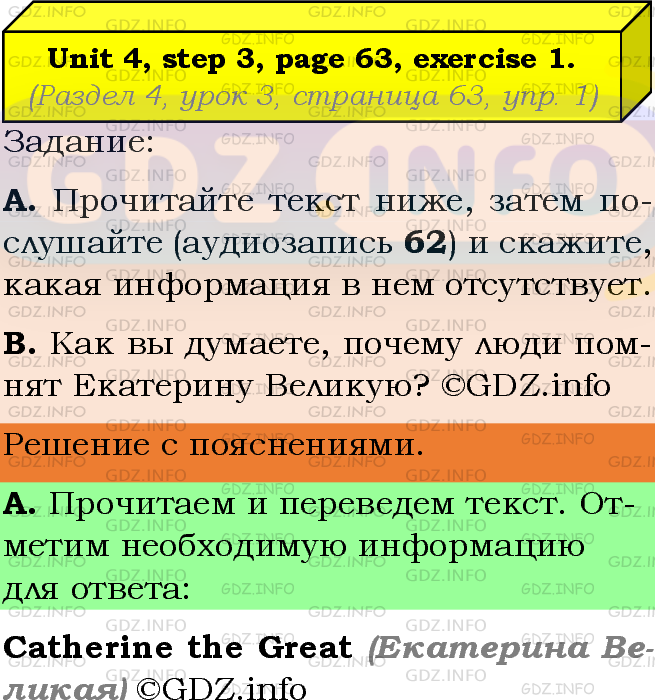
ОТКРЫТЬ РЕШЕНИЕ


